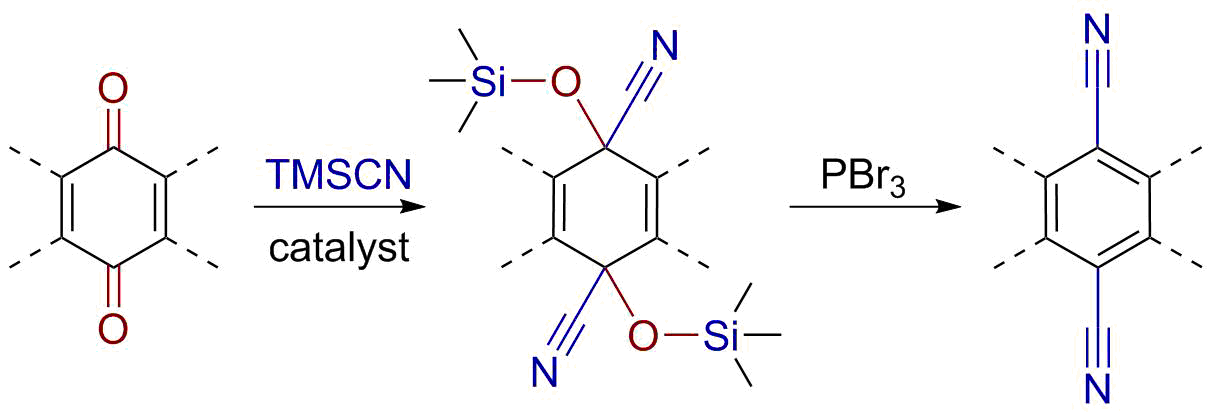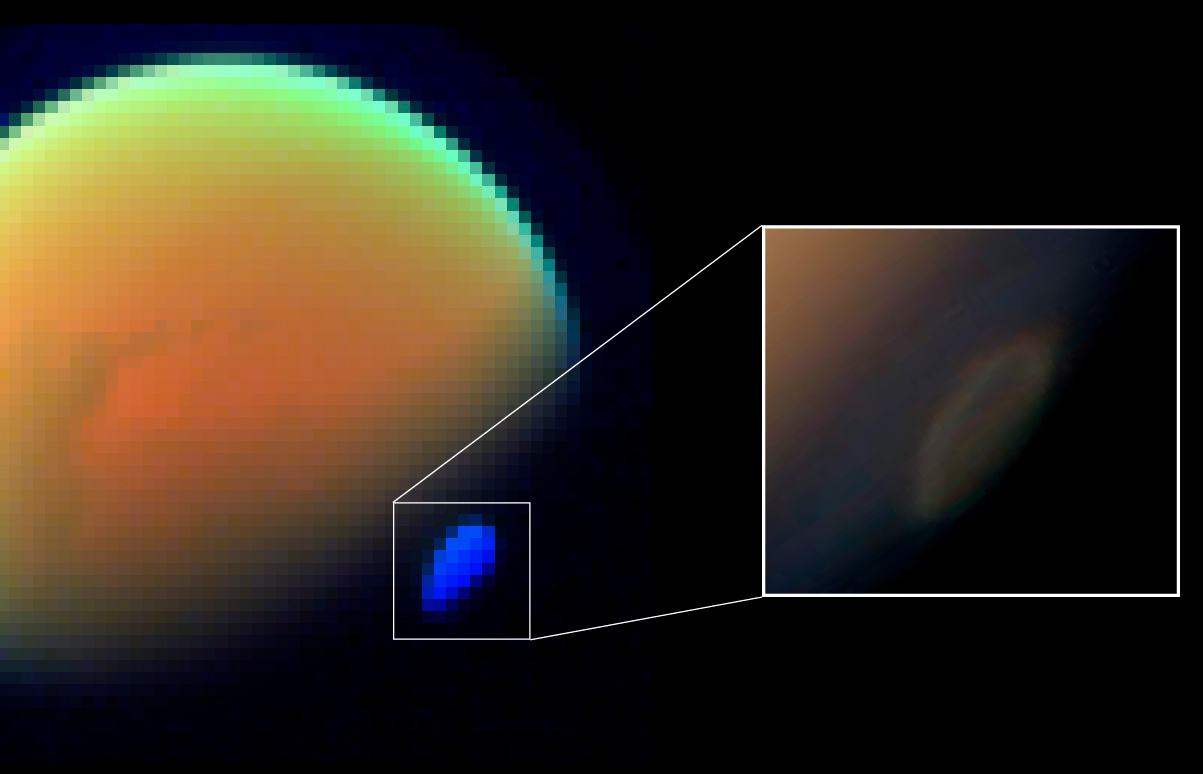|
Nitriles
In organic chemistry, a nitrile is any organic compound that has a functional group. The name of the compound is composed of a base, which includes the carbon of the , suffixed with "nitrile", so for example is called "propionitrile" (or propanenitrile). The prefix ''cyano-'' is used interchangeably with the term ''nitrile'' in industrial literature. Nitriles are found in many useful compounds, including methyl cyanoacrylate, used in super glue, and nitrile rubber, a nitrile-containing polymer used in latex, latex-free laboratory and medical gloves. Nitrile rubber is also widely used as automotive and other seals since it is resistant to fuels and oils. Organic compounds containing multiple nitrile groups are known as cyanocarbons. Inorganic compounds containing the group are not called nitriles, but cyanides instead. Though both nitriles and cyanides can be derived from cyanide salts, most nitriles are not nearly as toxic. Structure and basic properties The N−C−C geome ... [...More Info...] [...Related Items...] OR: [Wikipedia] [Google] [Baidu] |
Cyano
In chemistry, cyanide () is an inorganic chemical compound that contains a functional group. This group, known as the cyano group, consists of a carbon atom triple-bonded to a nitrogen atom. Ionic cyanides contain the cyanide anion . This anion is extremely poisonous. Soluble cyanide salts such as sodium cyanide (NaCN), potassium cyanide (KCN) and tetraethylammonium cyanide () are highly toxic. Covalent cyanides contain the group, and are usually called nitriles if the group is linked by a single covalent bond to carbon atom. For example, in acetonitrile , the cyanide group is bonded to methyl . In tetracyanomethane , four cyano groups are bonded to carbon. Although nitriles generally do not release cyanide ions, the cyanohydrins do and are thus toxic. The cyano group may be covalently bonded to atoms different than carbon, e.g., in cyanogen azide , phosphorus tricyanide and trimethylsilyl cyanide . Hydrogen cyanide, or , is a highly volatile toxic liquid that is produ ... [...More Info...] [...Related Items...] OR: [Wikipedia] [Google] [Baidu] |
Hydrogen Cyanide
Hydrogen cyanide (formerly known as prussic acid) is a chemical compound with the chemical formula, formula HCN and structural formula . It is a highly toxic and flammable liquid that boiling, boils slightly above room temperature, at . HCN is produced on an industrial scale and is a highly valued Precursor (chemistry), precursor to many chemical compounds ranging from polymers to pharmaceuticals. Large-scale applications are for the production of potassium cyanide and adiponitrile, used in mining and plastics, respectively. It is more toxic than solid cyanide compounds due to its Volatility (chemistry), volatile nature. A solution of hydrogen cyanide in water (molecule), water, represented as HCN(aqueous, aq), is called ''hydrocyanic acid''. The Salt (chemistry), salts of the cyanide anion are known as cyanides. Whether hydrogen cyanide is an organic compound or not is a topic of debate among chemists, and opinions vary from author to author. Traditionally, it is considered ino ... [...More Info...] [...Related Items...] OR: [Wikipedia] [Google] [Baidu] |
Propionitrile
Propionitrile, also known as ethyl cyanide and propanenitrile, is an organic compound with the formula CH3CH2CN. It is a simple aliphatic nitrile. The compound is a colourless, water-soluble liquid. It is used as a solvent and a precursor to other organic compounds. Production The main industrial route to this nitrile is the hydrogenation of acrylonitrile. It is also prepared by the ammoxidation of propanol (propionaldehyde can also be used instead):Peter Pollak, Gérard Romeder, Ferdinand Hagedorn, Heinz-Peter Gelbke "Nitriles" in Ullmann's Encyclopedia of Industrial Chemistry 2002, Wiley-VCH, Weinheim. : Propionitrile is a byproduct of the electrodimerisation of acrylonitrile to adiponitrile. In the laboratory propanenitrile can also be produced by the dehydration of propionamide, by catalytic reduction of acrylonitrile, or by distilling ethyl sulfate and potassium cyanide. Applications Propionitrile is a solvent similar to acetonitrile but with a slightly higher boiling ... [...More Info...] [...Related Items...] OR: [Wikipedia] [Google] [Baidu] |
Benzonitrile
Benzonitrile is the chemical compound with the formula , abbreviated PhCN. This aromatic organic compound is a colorless liquid with a cherry or almond like odour. It is mainly used industrially to produce the melamine resin precursor benzoguanamine. Production and reactions It is prepared by ammoxidation of toluene, that is its reaction with ammonia and oxygen (or air) at . : + 3/2 + → + In the laboratory it can be prepared by the dehydration of benzamide or benzaldehyde oxime or by the Rosenmund–von Braun reaction using cuprous cyanide or NaCN/ DMSO and bromobenzene. : Hydrogenation of benzonitrile in principle gives benzylamine, but owing to transamination, dibenzylamine and tribenzylamine are also produced. Applications Laboratory uses Benzonitrile is a useful solvent and a versatile precursor to many derivatives. It reacts with amines to afford N-substituted benzamides after hydrolysis. It is a precursor to diphenylmethanimine via reaction with phen ... [...More Info...] [...Related Items...] OR: [Wikipedia] [Google] [Baidu] |
Organic Chemistry
Organic chemistry is a subdiscipline within chemistry involving the science, scientific study of the structure, properties, and reactions of organic compounds and organic matter, organic materials, i.e., matter in its various forms that contain carbon atoms.Clayden, J.; Greeves, N. and Warren, S. (2012) ''Organic Chemistry''. Oxford University Press. pp. 1–15. . Study of structure determines their structural formula. Study of properties includes Physical property, physical and Chemical property, chemical properties, and evaluation of Reactivity (chemistry), chemical reactivity to understand their behavior. The study of organic reactions includes the organic synthesis, chemical synthesis of natural products, drugs, and polymers, and study of individual organic molecules in the laboratory and via theoretical (in silico) study. The range of chemicals studied chemistry includes hydrocarbons (compounds containing only carbon and hydrogen) as well as compounds based on carbon, but a ... [...More Info...] [...Related Items...] OR: [Wikipedia] [Google] [Baidu] |
Justus Von Liebig
Justus ''Freiherr'' von Liebig (12 May 1803 – 18 April 1873) was a Germans, German scientist who made major contributions to the theory, practice, and pedagogy of chemistry, as well as to agricultural and biology, biological chemistry; he is considered one of the principal founders of organic chemistry. As a professor at the University of Giessen, he devised the modern laboratory-oriented teaching method, and for such innovations, he is regarded as one of the most outstanding chemistry teachers of all time. He has been described as the "father of the fertilizer industry" for his emphasis on nitrogen and minerals as essential plant nutrients, and his popularization of the law of the minimum, which states that plant growth is limited by the scarcest nutrient resource, rather than the total amount of resources available. He also developed a manufacturing process for Meat extract, beef extracts, and with his consent a company, called Liebig Extract of Meat Company, was founded to e ... [...More Info...] [...Related Items...] OR: [Wikipedia] [Google] [Baidu] |
Formic Acid
Formic acid (), systematically named methanoic acid, is the simplest carboxylic acid. It has the chemical formula HCOOH and structure . This acid is an important intermediate in chemical synthesis and occurs naturally, most notably in some ants. Esters, salts, and the anion derived from formic acid are called formates. Industrially, formic acid is produced from methanol. Natural occurrence Formic acid, which has a pungent, penetrating odor, is found naturally in insects, weeds, fruits and vegetables, and forest emissions. It appears in most ants and in stingless bees of the genus '' Oxytrigona''. Wood ants from the genus ''Formica'' can spray formic acid on their prey or to defend the nest. The puss moth caterpillar (''Cerura vinula'') will spray it as well when threatened by predators. It is also found in the trichomes of stinging nettle (''Urtica dioica''). Apart from that, this acid is incorporated in many fruits such as pineapple (0.21 mg per 100 g), apple (2 mg per ... [...More Info...] [...Related Items...] OR: [Wikipedia] [Google] [Baidu] |
Benzoic Acid
Benzoic acid () is a white (or colorless) solid organic compound with the formula , whose structure consists of a benzene ring () with a carboxyl () substituent. The benzoyl group is often abbreviated "Bz" (not to be confused with "Bn," which is used for benzyl), thus benzoic acid is also denoted as BzOH, since the benzoyl group has the formula –. It is the simplest aromatic carboxylic acid. The name is derived from gum benzoin, which was for a long time its only source. Benzoic acid occurs naturally in many plants and serves as an intermediate in the biosynthesis of many secondary metabolites. Salts of benzoic acid are used as food preservatives. Benzoic acid is an important precursor for the industrial synthesis of many other organic substances. The salts and esters of benzoic acid are known as benzoates (). History Benzoic acid was discovered in the sixteenth century. The dry distillation of gum benzoin was first described by Nostradamus (1556), and then by ... [...More Info...] [...Related Items...] OR: [Wikipedia] [Google] [Baidu] |
Théophile-Jules Pelouze
Théophile-Jules Pelouze (also known as Jules Pelouze), ; 26 February 180731 May 1867) was a French chemist. Life He was born at Valognes, and died in Paris. His father, Edmond Pelouze, was an industrial chemist and the author of several technical handbooks. The son, after spending some time in a pharmacy at La Fère acted as laboratory assistant to Gay-Lussac and Jean Louis Lassaigne at Paris from 1827 to 1829. In 1830 he was appointed associate professor of chemistry at Lille, but returning to Paris next year became ''repetiteur'', and subsequently professor at the École polytechnique. He also held the chair of chemistry at the Collège de France, and in 1833 became assayer to the mint and in 1848 president of the ''Commission des Monnaies''. After the coup d'état in 1851 he resigned his appointments, but continued to conduct an experimental laboratory-school he had started in 1846. There he worked with the explosive material guncotton and other nitrosulphates. His ... [...More Info...] [...Related Items...] OR: [Wikipedia] [Google] [Baidu] |
Joseph Louis Gay-Lussac
Joseph Louis Gay-Lussac ( , ; ; 6 December 1778 – 9 May 1850) was a French chemist and physicist. He is known mostly for his discovery that water is made of two parts hydrogen and one part oxygen by volume (with Alexander von Humboldt), for two laws related to gases, and for his work on alcohol–water mixtures, which led to the degrees Gay-Lussac used to measure alcoholic beverages in many countries. Biography Gay-Lussac was born at Saint-Léonard-de-Noblat in the present-day department of Haute-Vienne. His father, Anthony Gay, son of a doctor, was a lawyer and prosecutor and worked as a judge in Noblat Bridge. Father of two sons and three daughters, he owned much of the Lussac village and began to add the name of this hamlet to his name, following a custom of the Ancien Régime. Towards the year 1803, father and son formally adopted the name Gay-Lussac. During the Revolution, under the Law of Suspects, his father, former king's attorney, was imprisoned in Saint L ... [...More Info...] [...Related Items...] OR: [Wikipedia] [Google] [Baidu] |






